Scientists left baffled as they make major Magnetic North Pole discovery
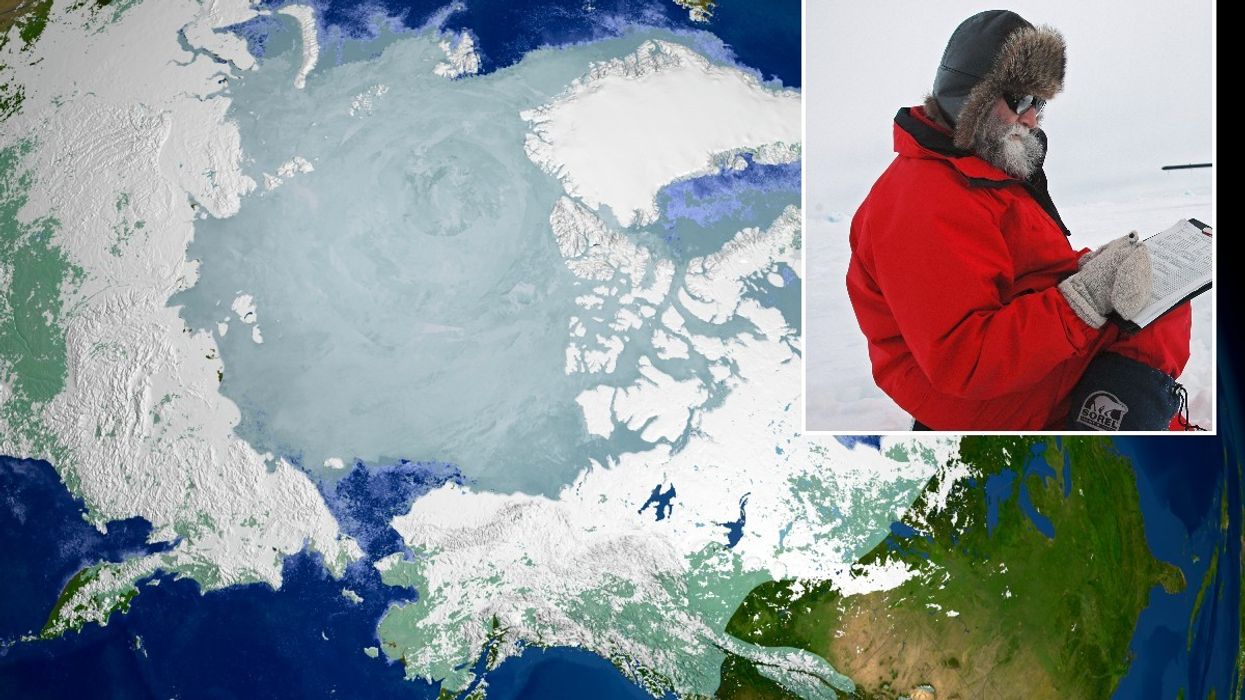
Scientists left baffled as they make major Magnetic North Pole discovery
|GETTY IMAGES

The magnetic pole affects navigation systems worldwide
Don't Miss
Most Read
Latest
Scientists at the British Geological Survey have detected an unprecedented change in Earth's magnetic North Pole.
According to the latest measurements, the position of the pole is moving towards Russia at an unexpectedly slower pace than in recent decades.
Its movement has decelerated to approximately 15 miles per year over the past five years, marking an unusual shift in its behaviour.
This rate represents a significant slowdown from its previous pace, according to new data from the British Geological Survey (BGS).
The magnetic North Pole, which influences compass readings throughout the northern hemisphere, has been on an unusual trajectory that distinguishes it from historical patterns.
Unlike the fixed geographic North Pole, the magnetic pole's position shifts as the Earth's magnetic field changes, affecting navigation systems worldwide.
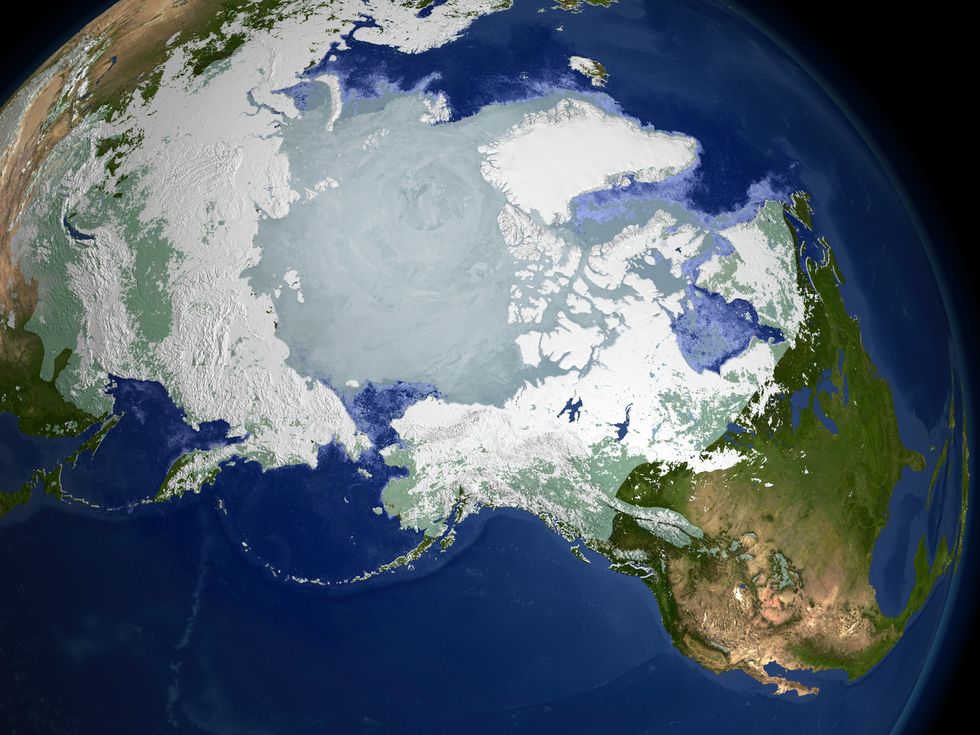
The Arctic circle
|GETTY
The pole's movement has shown dramatic changes in speed over the centuries, revealing a pattern of acceleration followed by an unexpected slowdown.
From 1600 to 1990, the magnetic North Pole moved at a relatively steady pace of about six miles per year, maintaining its position near northern Canada's coast.
The 1990s marked a significant shift as the pole drifted into the Arctic Ocean, beginning a journey that would see its speed increase dramatically.
By the 2000s, the pole had accelerated to an impressive 34 miles per year, more than five times its historical pace.
SCIENCE LATEST:
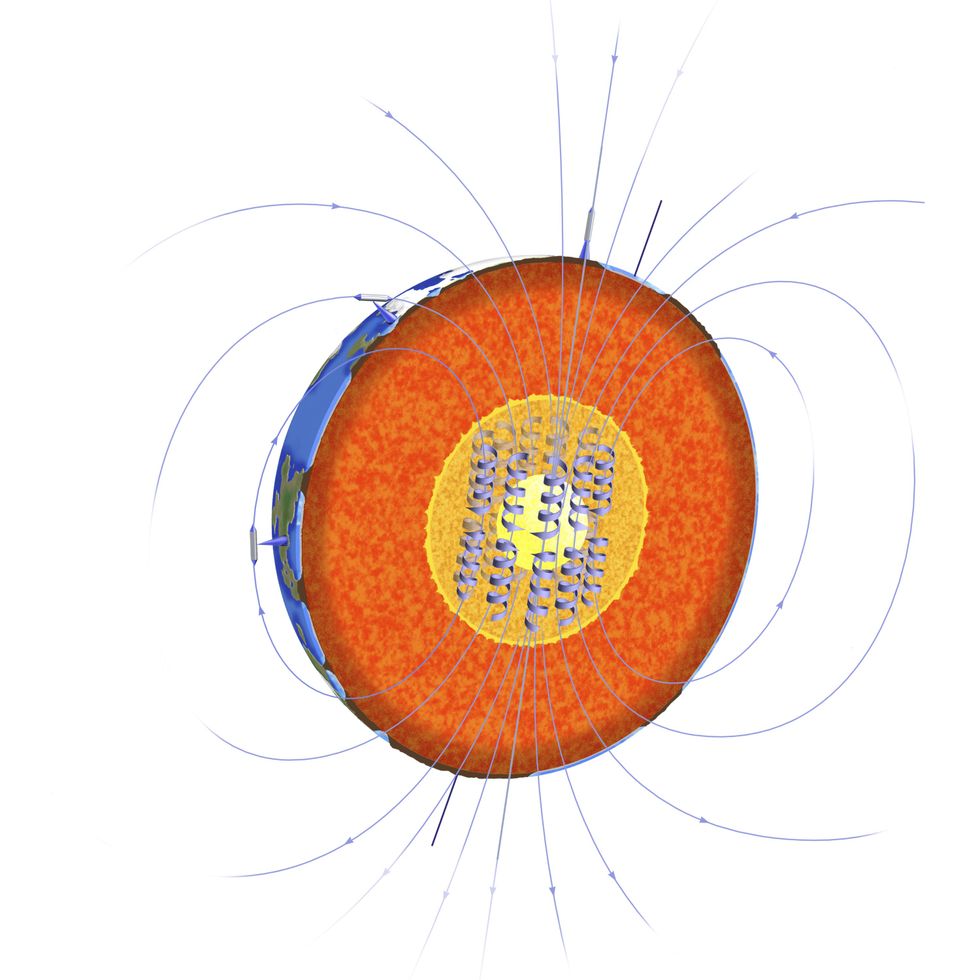
Unlike the geographic North Pole, which is stationary, the magnetic North Pole moves about 10 to 15 km northwest per year and is caused by a fluctuation in the strength and orientation of the magnetic field.
|GETTY
This acceleration set the pole on a direct course for Siberia, marking a significant departure from its traditional Canadian location.
The recent deceleration to 15 miles per year represents a rate of slowdown that has not been previously recorded in scientific observations.
The World Magnetic Model, jointly produced by the BGS and US National Oceanic and Atmospheric Administration, helps predict the pole's location and guides navigation systems globally.
Updated every five years, the model is crucial for the compass tools found in smartphones and modern navigation equipment.
"Planes, boats, submarines, you name it, it's in there," said William Brown, the global geomagnetic field modeller at the BGS.
Military operations particularly rely on the model as it is essential for guiding submarines through Arctic waters.
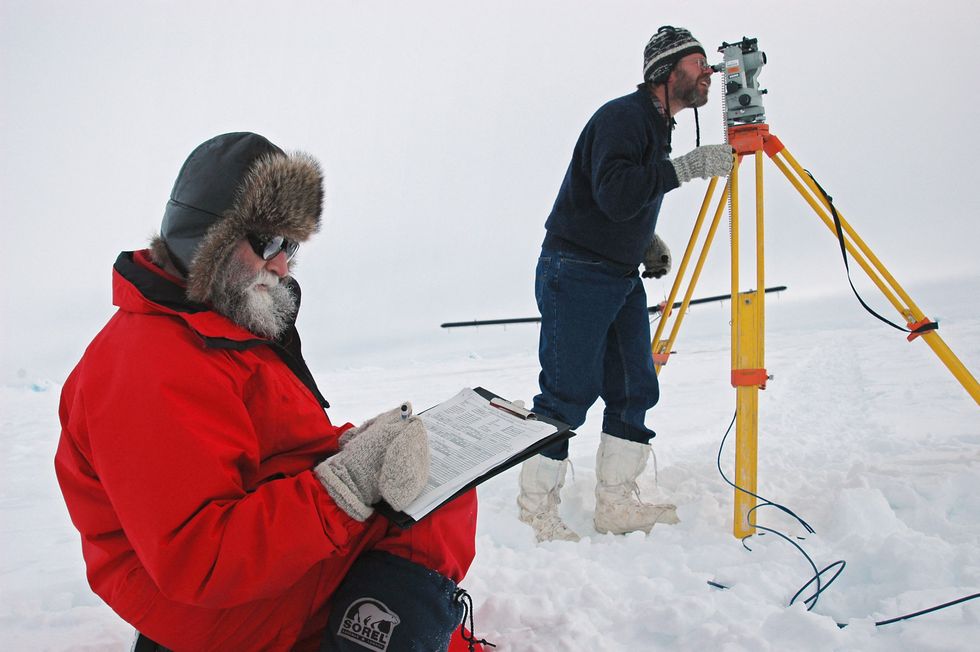
(File pic) Canadian geophysicist Larry Newitt and French geologist Jean-Jacques Orgeval measure the intensity and the direction of the Earth's magnetic field at the Canadian Arctic 18 May 2005, during a scientific exploration to calculate the location of the North magnetic pole
|GETTY
The dramatic movements of the magnetic North Pole are driven by complex processes, where the movement of molten iron in the outer core, approximately 2,000 miles beneath the surface, creates a magnetic field around the Earth.
This process is powered by heat escaping from the planet's core, causing the molten iron to churn and swirl.
William Brown from the BGS offered a vivid analogy for this phenomenon: "It's like a giant cup of tea. It's a hot liquid with the viscosity of water."
These movements in the molten core are unpredictable, making it impossible to precisely forecast how the magnetic field will change.
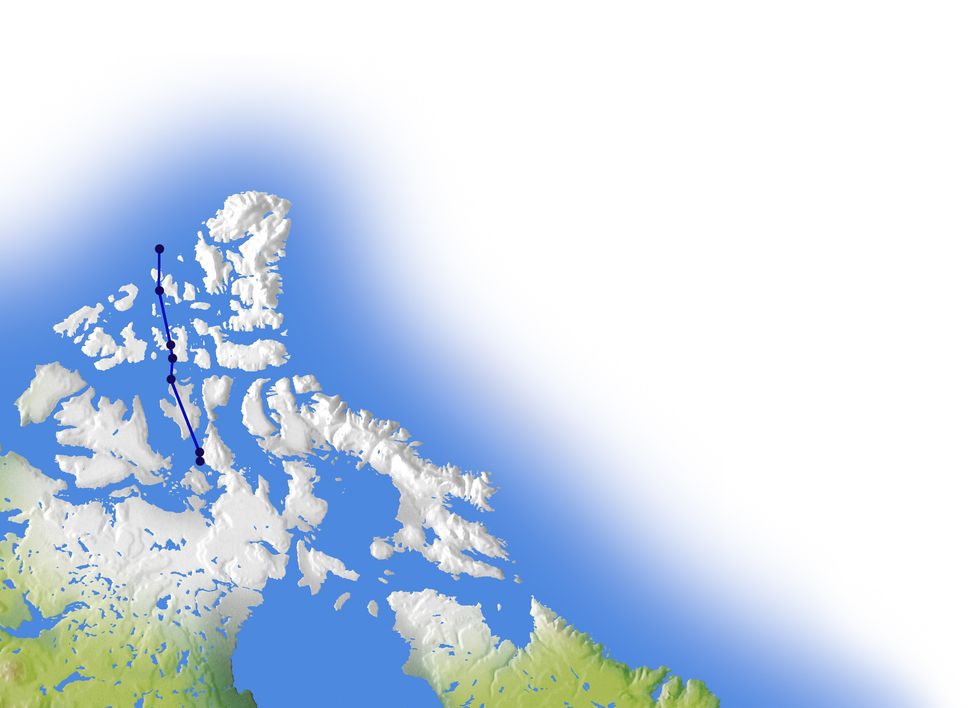
Map shows the shifting of the magnetic North Pole throughout the years, between 1831 and 2000
|GETTY
The BGS monitors these changes through a network of ground stations and satellites, mapping the magnetic field at different locations worldwide.
Professor Phil Livermore of the University of Leeds has proposed an explanation for the pole's unusual recent behaviour.
According to his research, the magnetic North Pole is caught in a tug-of-war between two competing areas of magnetic force.
These magnetic forces are located beneath Canada and Siberia, creating a dynamic tension that influences the pole's movement.
Recent changes in the Canadian magnetic patch may have contributed to the pole's eastward drift.
The patch under Canada has become elongated and split into two parts, according to Livermore which appears to have strengthened the relative influence of the Siberian magnetic patch.










